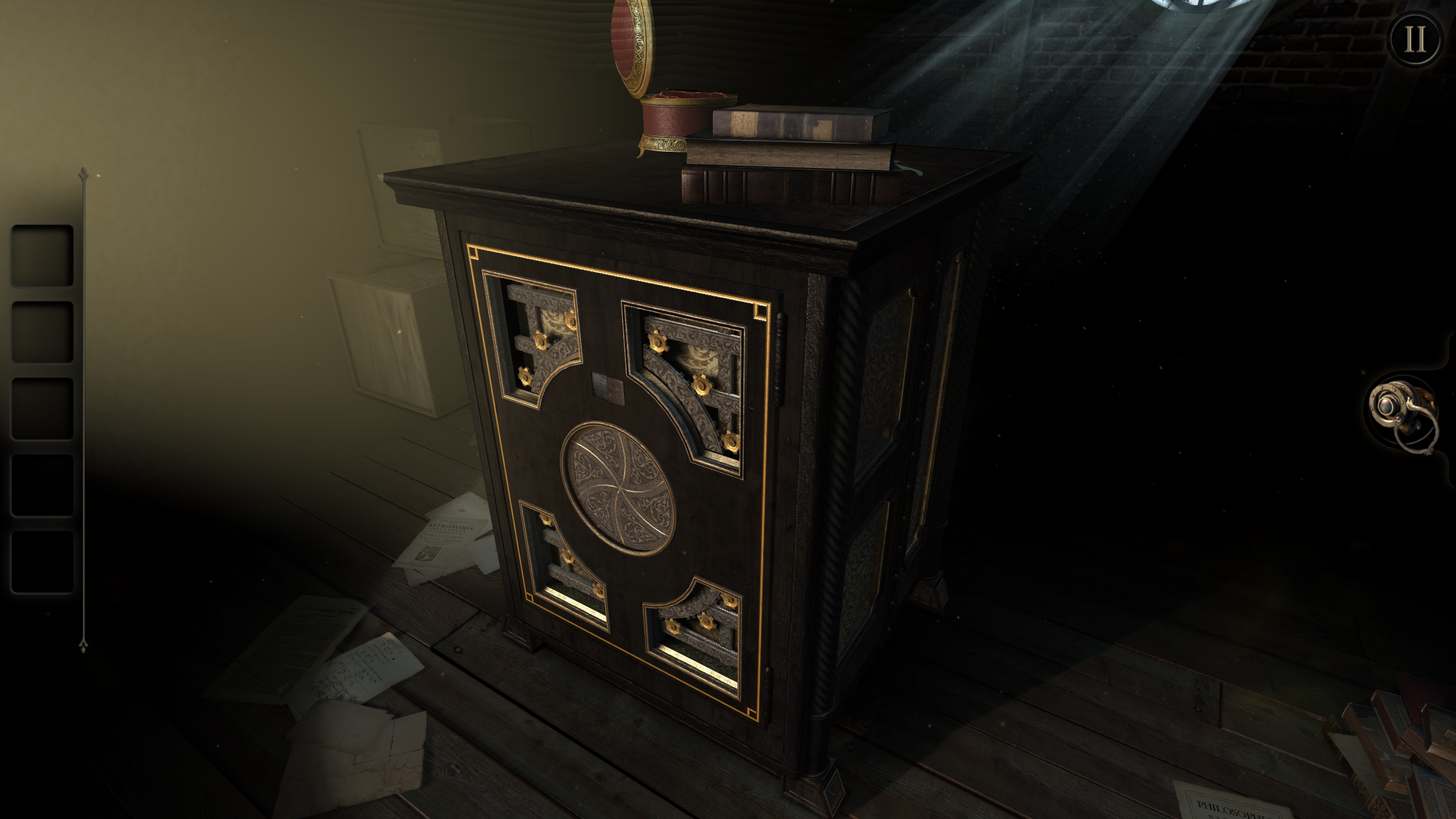

Over the last two decades, however, animal research focused on the neurobiology of Pavlovian fear conditioning has suggested a new avenue to dampen the expression of fear memories more permanently ( Nader, Schafe, & Ledoux, 2000a, 2000b). Historically, such memories have proven difficult to disrupt even after seemingly successful interventions to attenuate the expression of fear memories, fearful reactions often reappear eventually, both in the lab ( Urcelay & Miller, 2016) and in clinical treatment for anxiety ( Vervliet, Craske, & Hermans, 2013). Implication of our findings for a reconsolidation-based account of post-reactivation amnesia are discussed.Īssociative threat memories (also called fear memories) are at the heart of many anxiety-related disorders ( Maddox, Hartmann, Ross, & Ressler, 2019). In sum, our data reveal that ABB MDZ-induced post-reactivation amnesia exhibits the hallmark features of a destabilization-dependent phenomenon. In line with the known role of GluN2B-NMDA receptor activation in memory destabilization, we further demonstrate that pre-reactivation administration of ifenprodil, a selective antagonist of GluN2B-NMDA receptors, prevents MDZ-induced ABB amnesia. We first show that ABB post-reactivation amnesia is critically dependent on prediction error at the time of memory reactivation and provide evidence for its temporally graded nature. Here, we evaluated whether, like typical CS-mediated (or AAA) post-reactivation amnesia, GS-mediated (ABB) post-reactivation amnesia displays key features of a destabilization-based phenomenon. The underlying mechanisms of post-reactivation memory malleability and of MDZ-induced amnesia for a generalization context remain largely unknown. However, this amnestic intervention leaves fear expression intact when at test animals are instead presented with the original training stimulus (ABA design) or a novel generalization stimulus (ABC design). Using a contextual fear conditioning procedure in rats and midazolam as amnestic agent, we recently demonstrated that drug-induced amnesia can also be obtained when memories are reactivated through exposure to a generalization stimulus (GS, context B) and later tested for that same generalization stimulus (ABB design).

Such drug-induced post-reactivation amnesia has traditionally been studied in AAA experimental designs, where a memory is initially created for a stimulus A (be it a singular cue or a context) and later reactivated and tested through exposure to the exact same stimulus. Memories remain dynamic after consolidation, and when reactivated, they can be rendered vulnerable to various pharmacological agents that disrupt the later expression of memory (i.e., amnesia).


 0 kommentar(er)
0 kommentar(er)
